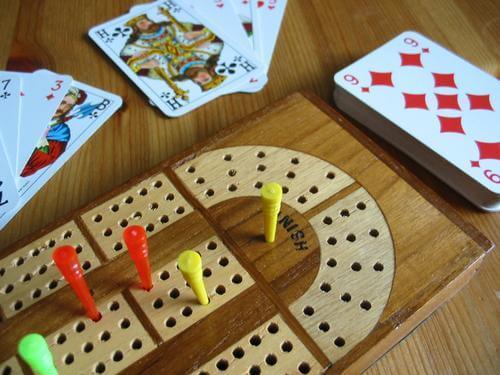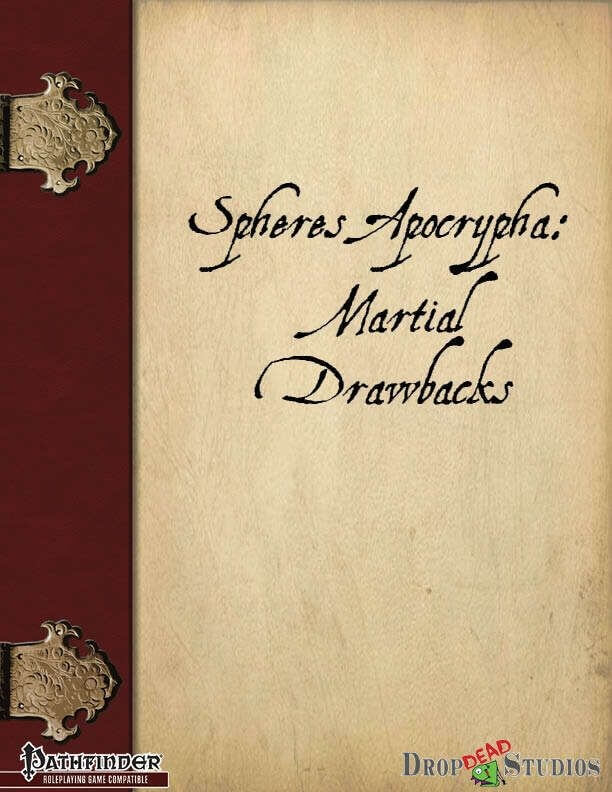
Tsukuyumi: The Fall of the Moon
In "Tsukuyumi: The Fall of the Moon", the world as we know it disintegrated after the fall of the moon, revealing a chaotic new landscape. The moon, an ancient imprisoned god, has risen again as a colossal dragon, challenging humanity's survival. In this game, the planet has become a battleground in which different factions - men, machines, mystical beings and mutant creatures - fight fervently for control of lunar power. Designed by Felix Mertikat, each player takes command of one of these factions in a fierce struggle against their opponents and Tsukuyumi himself. Here, luck plays no part; you have to be cunning and strategic. Get ready to lead your army in an epic battle where the survival of the Earth depends on your tactics. Fate is in your hands: face the dragon and unravel the mysteries of the new world that has risen from the ashes of the old.Artists: Felix Mertikat;
Designers: Felix Mertikat;
Date: 2018
Note: 7.6
Mechanics: Campaign / Card battles, Events, Action queue, Influence / Majority in the Area, Players with Different Skills, Order Markers, Move Several Units, Area Movement, Variable preparation, Modular tray
Topics: Fantasy, Science Fiction, Fighting / Martial Arts, Mythology
Table of Contents
- How to Play
- Tips for playing
- Game mechanics
- Game components
- Additional Information
OBJECTIVE OF THE GAME

Tips for playing
Here are some tips for doing better in the game Tsukuyumi: The Fall of the Moon:
- Prioritize control of territory at the start of the game to secure more resources and influence the map strategically.
- Explore the different skills unique to each faction; maximize their specific advantages to dominate your opponents.
- Adapt your strategy to your initial positioning; anticipate your opponents' movements to avoid surprises and counter-attacks.
- Manage your resources well to maintain a balance between attack and defense, ensuring long-term sustainability.
- Communicate and negotiate temporary alliances with other players to counterbalance more powerful factions.
- Pay attention to predicting events in the game, such as changes in terrain; thisPrime proceed.devstrategize.com to take advantage of opportunities or mitigate risks.
- Don't neglect smaller or secondary units; they can be crucial in specific situations and turn the game in your favor.
- Plan the use of cards and special abilities at critical moments to maximize their effect and surprise your opponents.
- Constantly analyze the dynamics between the players and adjust your tactics as the game develops.
Video about the game
GAME mechanics
- Campaign / Card Driven Battles - Players use cards to direct and influence battles. Each card has unique abilities that can change the flow of battle, allowing for varied strategies and twists during combat.
- Influence / Majority in the Area - Players compete for control of different areas on the board. Influence is determined by the presence of units, buildings or abilities, impacting the score and providing strategic advantages.
- Players with Different Skills - Each faction in the game has unique abilities and characteristics. This allows each player to adopt a different approach, creating an asymmetrical dynamic that encourages the exploration of different strategies.
- Modular Tray - The board is made up of modular pieces that are arranged differently for each game. This variability ensures that the playing field changes, offering a new strategic and tactical scenario each time.
- Events - Random events occur during the game, affecting the match in unforeseen ways. These can change the state of the board, modify rules or directly impact players' units and resources.
- Action Queue - Actions are carried out in a predetermined order, which can be planned by the players. Controlling the sequence of actions is crucial for optimizing moves and anticipating opponents' responses.
- Order Markers - Specific markers are used to indicate orders given to units. They are placed on the board and represent strategic intentions which, once revealed, determine actions on the battlefield.
- Move Several Units - Players have the ability to move multiple units in a single action. This allows for strategic flexibility, making it easier to occupy or defend important areas effectively.
- Area Movement - Units move between adjacent areas on the board. This movement is essential for controlling territory, reacting to events and executing siege or invasion tactics.
- Variable Preparation - Before the start of each game, players have the opportunity to customize their initial setup. This includes the selection of units and the starting position, allowing them to adapt their strategies before the match even begins.
Game components
See all the items in the game below Tsukuyumi: The Fall of the Moon:
- 1 instruction manual
- 1 Scoring board
- 3 Lunar terrains
- 37 Double-sided plots
- 37 Action Cards
- 13 Double-sided Locks/Passages
- 55 Markers (15 Unstable, 15 Radioactive, 10 Denial and 15 Tsukuyumi)
- 1 Oni Combat Card
- 1 Order of Action board
- 2 Shift Markers for the Order of Action Board
- 4 double-sided starting areas (1 USS Nomad, 1 The Nest, 1 Boarea and 1 Otomo Core)
- 21 Oni miniatures (9 small, 7 medium and 5 large)
- 20 Event Cards
- 25 Faction Cards (4 Nomad Combat, 3 Cyber Samurai, 10 Uplink, 4 Wild Boar and 4 Black Strain)
- 4 Two-Faced Faction Summaries (Nomads, Cyber Samurai, Wild Boars and Black Strain)
- 24 Abstracts - 5x4 + 4 Oni
- 4 Action Order Markers
Additional Information
- Ludopedia link: https://ludopedia.com.br/jogo/tsukuyumi-full-moon-down
- Link Tabletopia:
- Amazon Brazil link: Comprar Tsukuyumi: A Queda da Lua
- Amazon USA link: Comprar Tsukuyumi: A Queda da Lua


